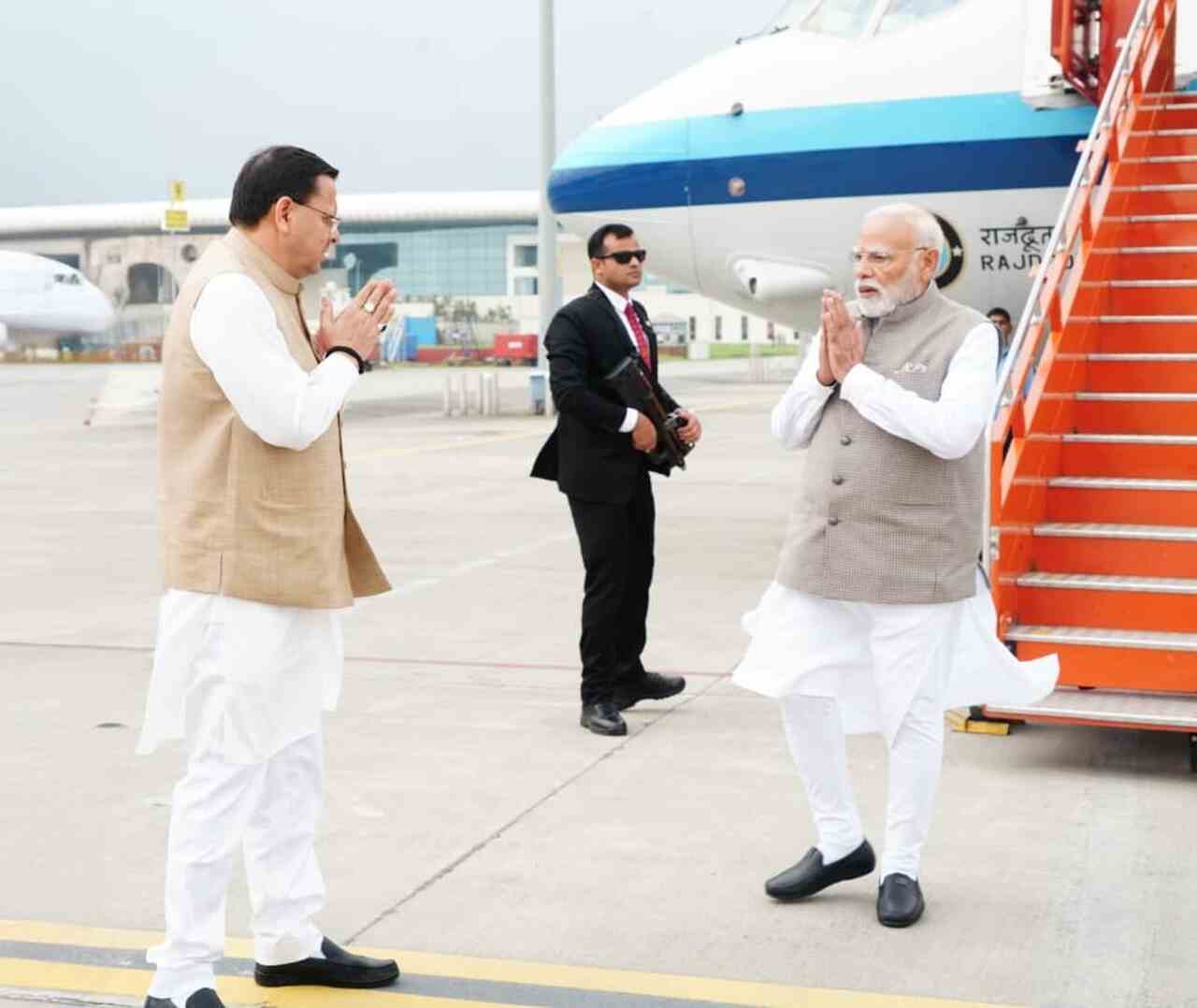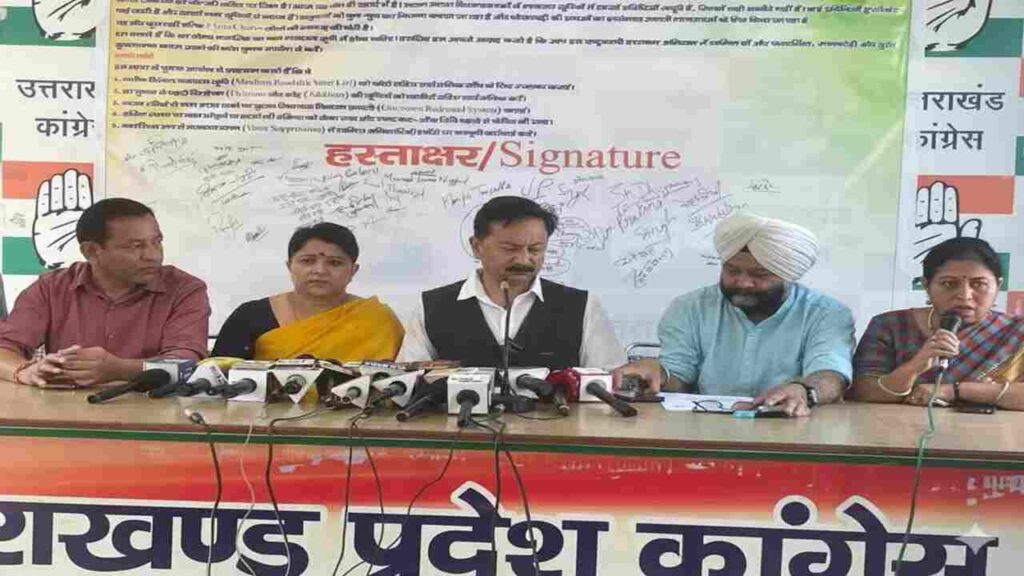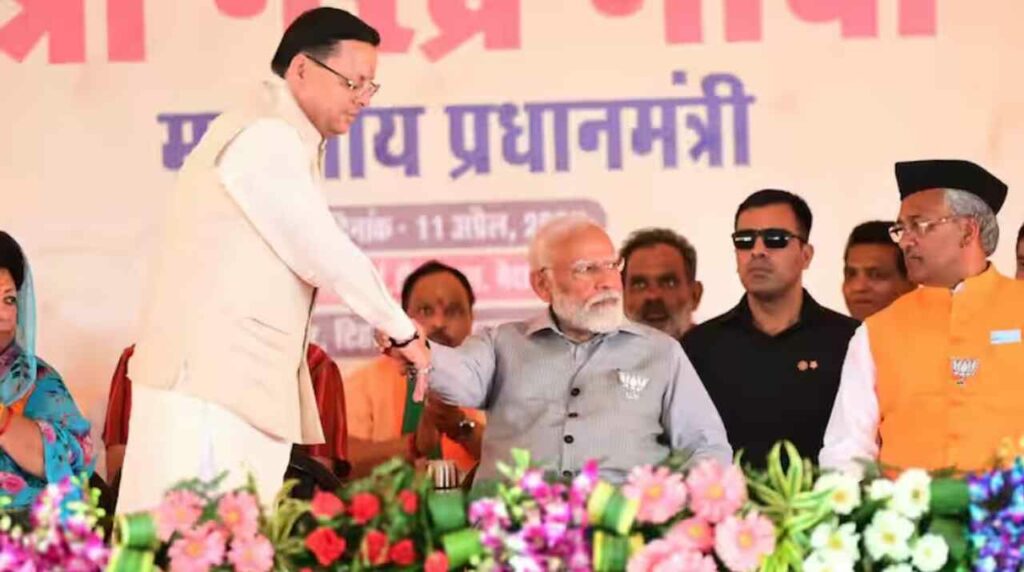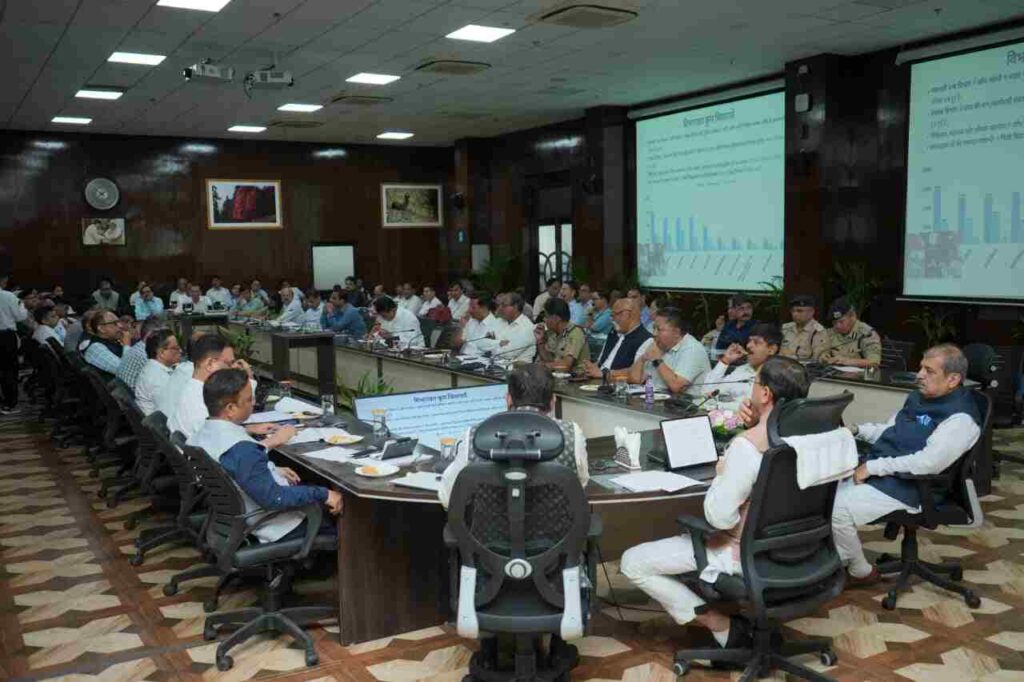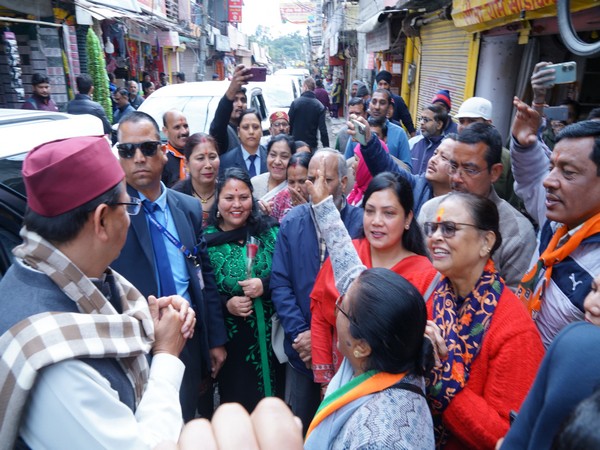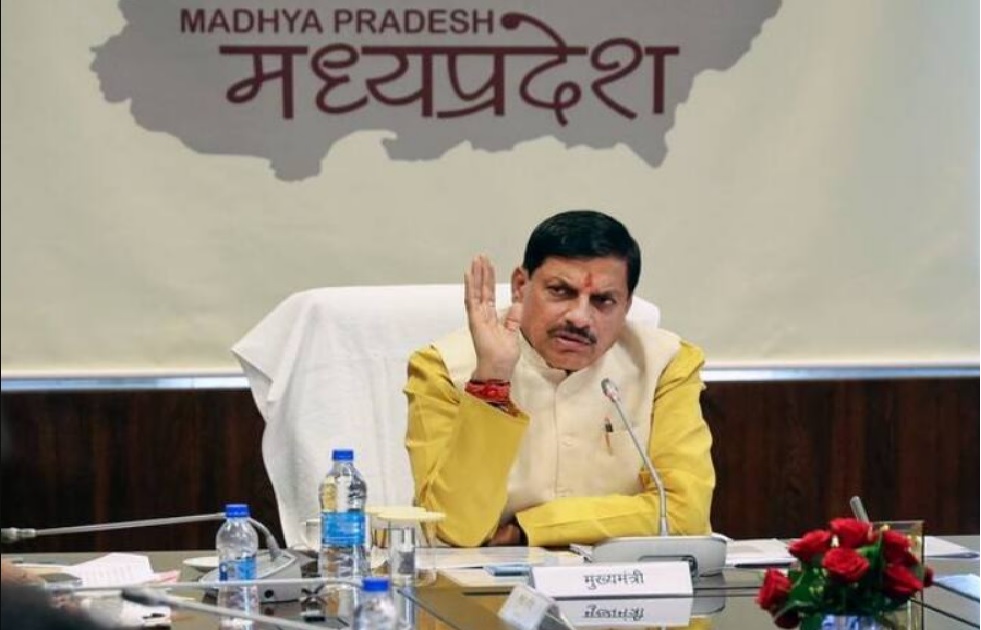Dehradun: Over the past four months, Uttarakhand has faced the fury of nature. From the devastation in Dharali to the devastating rains and landslides in Tharali, Pauri, Tehri, Pithoragarh, Haridwar, Dehradun, and Chamoli, the state has been shaken. Memories of the horrific tragedy of 2013 were often brought back to mind, but this time, a clear difference was evident: “preparedness, prompt response, and the presence of leadership.”
This resulted in relatively less loss of life and property. All of this defines the ‘Dhami model,’ which is now being seen as an example in the state and parts of the country.
The sudden disaster in Dharali caused extensive damage to villages, hotels, and infrastructure. Initial reports were worrying, but within a short time of the disaster, state and central agencies—the SDRF, NDRF, the Army, and the local administration—were activated under the leadership of CM Dhami. Helicopters delivered supplies, rescue teams were deployed, and relief camps were immediately established, ensuring timely relief reached many families. These coordinated efforts added both speed and transparency to the relief operations.
The most prominent hallmark of Chief Minister Pushkar Singh Dhami’s leadership has been his on-the-ground presence and active monitoring. Immediately after every disaster, CM Dhami personally visited the site, supervised the relief efforts, and maintained direct communication with the affected people. On Thursday, CM Dhami also conducted on-the-spot inspections of Sahastradhara, Mussoorie Road, and the Tapkeshwar Temple area in Dehradun. This proactive leadership has strengthened public confidence in the relief operations and the administration’s speed. The state government announced immediate financial assistance packages of up to five lakh rupees for affected families in many areas and expedited the distribution of checks, which helped affected families meet the initial costs of housing, basic needs, and rehabilitation.
After assessing the situation, the central government also took steps in coordination with the state. Prime Minister Narendra Modi announced an immediate relief package of 1,200 crore rupees for electricity, roads, and rehabilitation, and provided assistance to the families of the deceased and the injured. This central package not only provided financial assistance but also accelerated the state’s reconstruction efforts.
The Dhami model’s hallmark is its preparedness and rapid deployment. Weather and hydrology are continuously monitored, red/orange alerts are issued in vulnerable areas, and the SDRF/NDRF, the army, local administration, and health services are directed from a unified control room. Transparency in relief material distribution has been increased through local representatives and village-level mechanisms, and prompt check distribution and long-term rehabilitation plans are formulated for affected individuals.
Several surveys have directly praised CM Dhami’s disaster management model. A recent survey by a reputable news group also ranked CM Dhami’s disaster management model as the best among disaster-prone states.
This disaster in the state is not just a natural event, but also a test of governance and preparedness. The Chief Minister’s decisive actions, prompt relief, and central-state coordination played a role in minimizing damage this time, and this is why several national platforms have focused on this response model.


